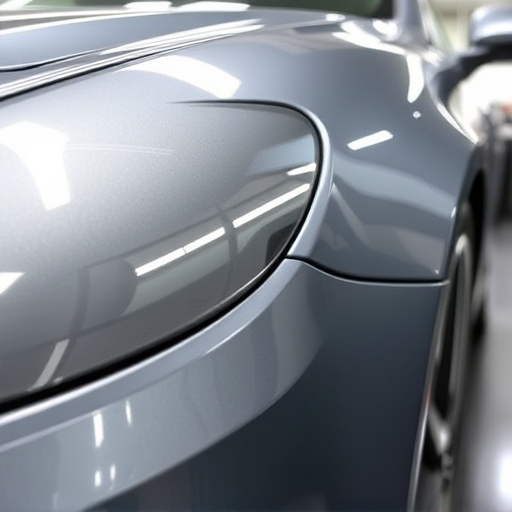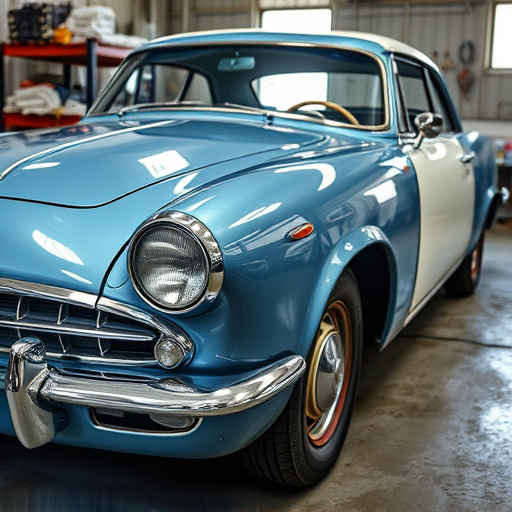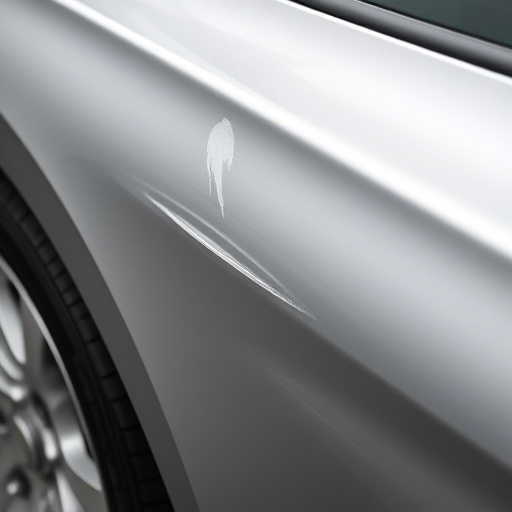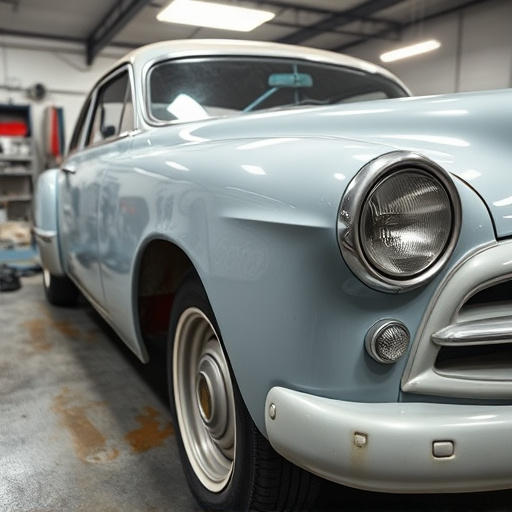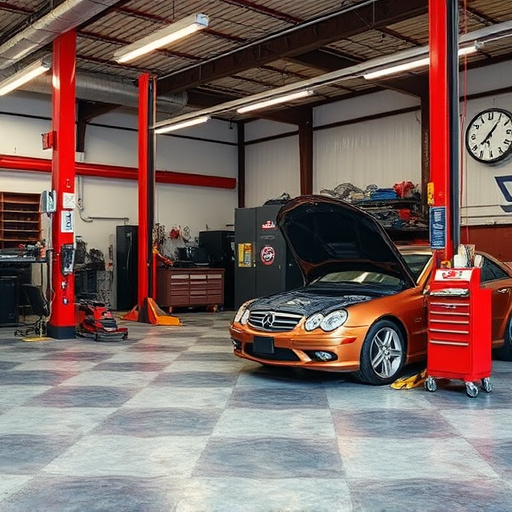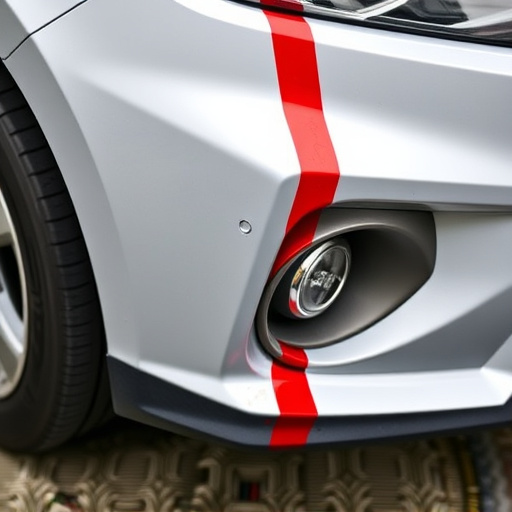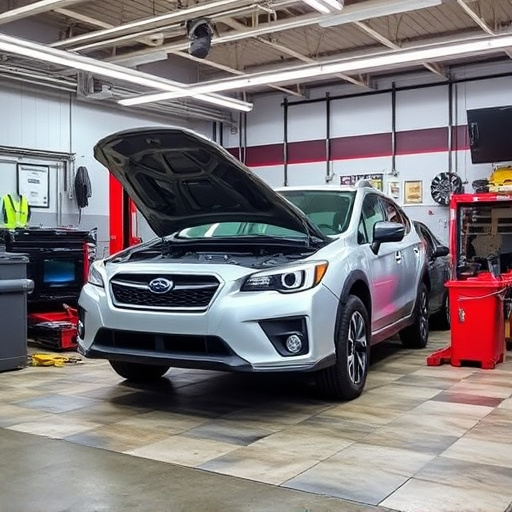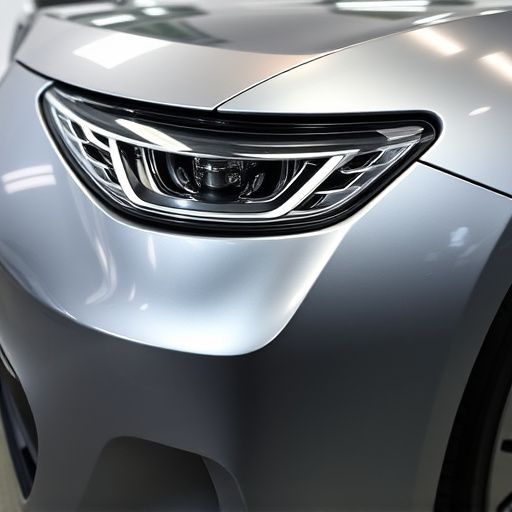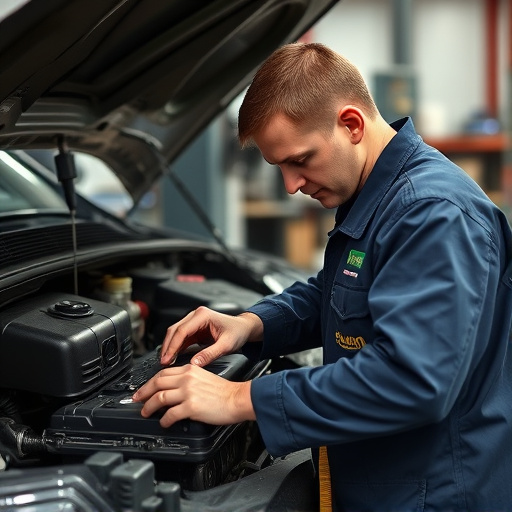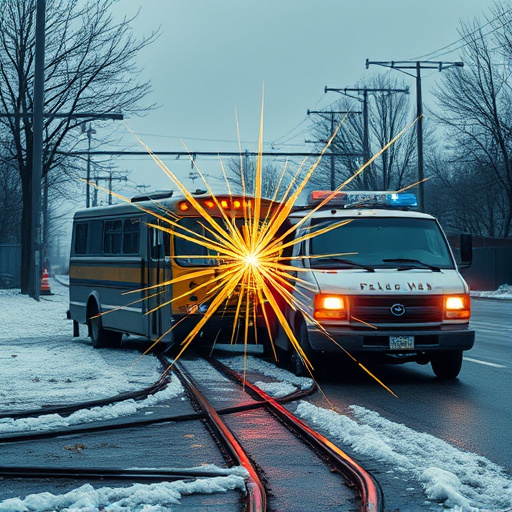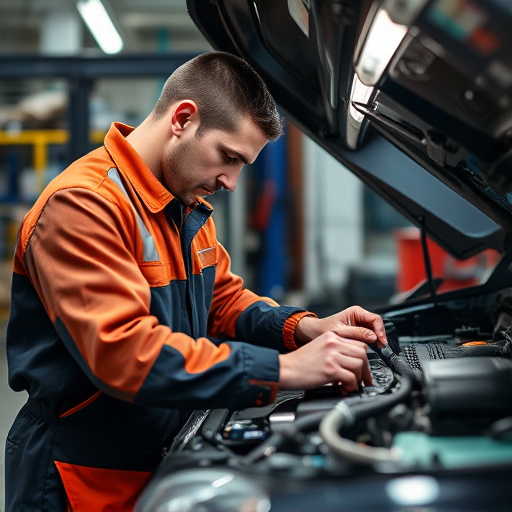Before repairing a flexible bumper, assess damage using bright lighting and gather tools like a dent puller, heat gun, sandpaper, gloves, and automotive-grade glue. For minor scratches, use car polish or compound; for deeper dents, employ professional-grade repair kits and tools. Severe damage requires consultation with a mechanic.
“Discover how to effortlessly restore your flexible bumper to its former glory! This comprehensive guide provides a step-by-step approach to fixing scratches and dents, empowering you with the knowledge to tackle these common issues.
First, assess the damage by inspecting your bumper closely. Then, gather the necessary tools for an effective repair process. From there, follow our detailed instructions to achieve a seamless and durable fix. Learn the secrets to successful flexible bumper repair here.”
- Assess Damage: Inspecting Your Flexible Bumper
- Gather Tools: What You Need for Repair
- Step-by-Step Guide: Fixing Scratches and Dents
Assess Damage: Inspecting Your Flexible Bumper
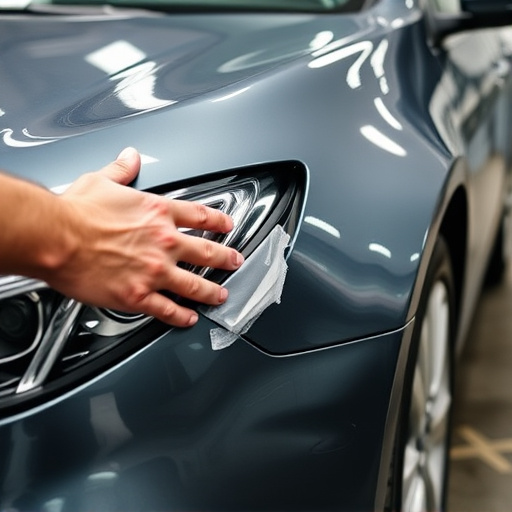
Before attempting any flexible bumper repair, it’s crucial to thoroughly assess the damage. Start by inspecting the entire length of the bumper for any cracks, punctures, or deformations. Look closely at the affected area, as even minor scratches can impact the overall appearance and structural integrity of your flexible bumper.
Use a flashlight or bright light to peer into hard-to-reach crevices, ensuring you capture all potential issues. This initial inspection will guide your repair process, whether it’s a simple scratch removal or involves more complex car paint repair techniques. Remember, timely intervention in vehicle body shop settings can prevent further deterioration and maintain the aesthetic value of your car through effective car body restoration methods.
Gather Tools: What You Need for Repair
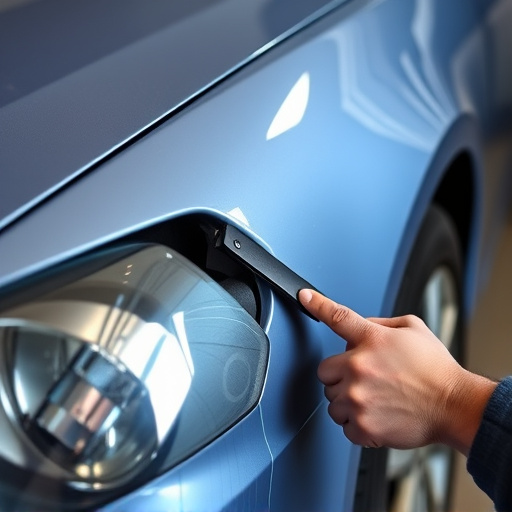
Before tackling any flexible bumper repair, ensure you have all the necessary tools at your disposal. This might include a dent puller, which is handy for removing minor dents and dings, or a heat gun for warming up the plastic to make it more pliable. A set of needle-nose pliers can help with precise adjustments, while sandpaper (grit 400-600) is useful for smoothing out any rough edges after making repairs. Don’t forget protective gear like gloves and safety glasses to keep your hands and eyes safe during the process. For more intricate or severe flexible bumper repair, a collision repair center can provide professional car body restoration services, ensuring your vehicle looks as good as new.
Additionally, you may need some automotive-grade glue designed for plastic, touch-up paint that matches your car’s color, and a clean cloth for final polishing. If you’re unsure about any aspect of the flexible bumper repair process, don’t hesitate to consult an auto repair near me for guidance or professional assistance.
Step-by-Step Guide: Fixing Scratches and Dents
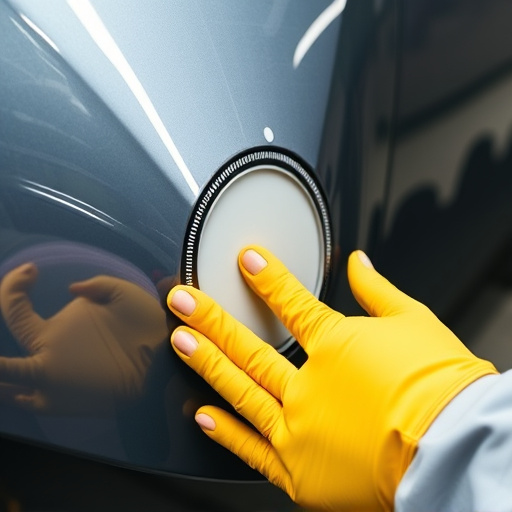
Step-by-Step Guide: Fixing Scratches and Dents in Flexible Bumpers
The first step in repairing a flexible bumper is to assess the damage. Inspect the bumper for the severity of scratches and dents, taking note of their depth and size. For shallow scratches, you can use a dedicated car polish or compound to buff them out. Start by cleaning the area with a mild detergent, then apply the polish using a soft cloth or pad, working in small sections at a time. After allowing it to dry, buff the treated area with a clean microfiber cloth for a smooth finish.
For deeper dents and more significant damage, a professional-grade repair kit is recommended. Begin by removing any debris from the dented area. Next, use a dent puller or a tap tool to gently press out the dent. Apply heat with a heat gun if needed, being careful not to overheat or damage surrounding surfaces. Once the dent is removed, you can use a putty knife to fill in any remaining depression with a flexible bumper repair compound. Smooth the surface after curing, and then paint over it to match the original color of your bumper, ensuring a seamless finish. In case of more severe fender benders, consult a professional mechanic for proper flexible bumper repair techniques.
Repairing scratches and dents in your flexible bumper is a straightforward process that can significantly enhance its appearance and longevity. By carefully assessing the damage, gathering the right tools, and following a simple step-by-step guide, you can effectively restore your flexible bumper to its original condition. Armed with knowledge and the proper techniques, take control of your vehicle’s aesthetics and save money on costly repairs by mastering the art of flexible bumper repair.
